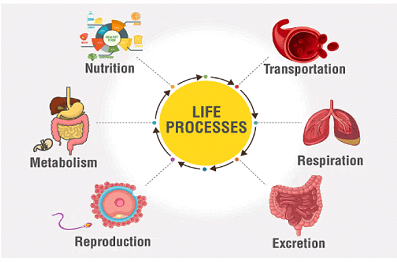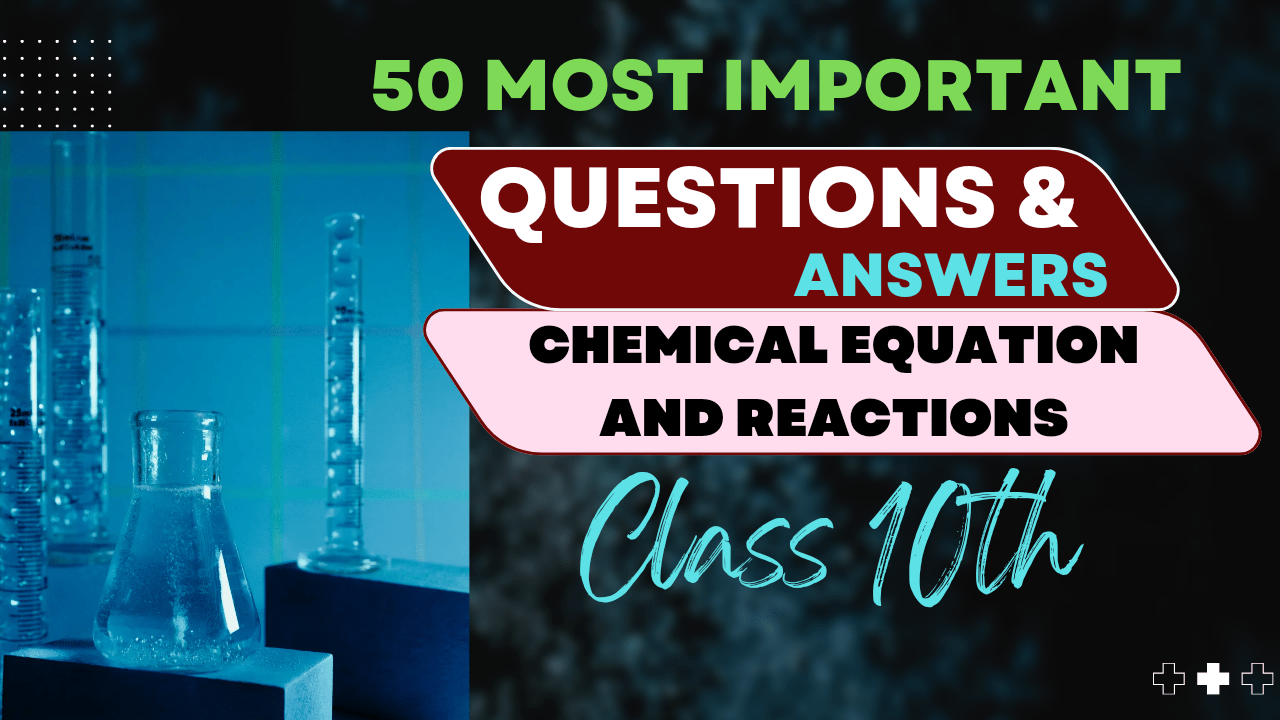Properties of Ethanol and Ethanoic Acid
A comprehensive guide for chemistry students
Introduction
Ethanol (C2H5OH) and ethanoic acid (CH3COOH) are two of the most important organic compounds in chemistry. They represent the alcohol and carboxylic acid functional groups respectively, and their properties showcase the characteristic behaviors of these functional groups. Understanding their properties is essential for mastering organic chemistry and performing well in exams.
Ethanol (C2H5OH)
Common name: Alcohol
IUPAC name: Ethanol
Functional group: Hydroxyl (-OH)
CH3-CH2-OH
Ethanoic Acid (CH3COOH)
Common name: Acetic Acid
IUPAC name: Ethanoic Acid
Functional group: Carboxyl (-COOH)
CH3-COOH
Physical Properties of Ethanol
Structure Influence:
The properties of ethanol are largely determined by its hydroxyl (-OH) functional group, which forms hydrogen bonds with other ethanol molecules and with water.
| Property | Description | Explanation |
|---|---|---|
| Physical state | Colorless liquid at room temperature | The ethanol molecules are held together by hydrogen bonds, but these are not strong enough to make it solid at room temperature |
| Odor & Taste | Characteristic alcoholic odor; burning taste | Due to its volatile nature and interaction with taste receptors |
| Boiling Point | 78.37°C | Higher than expected for its molecular mass due to hydrogen bonding between molecules |
| Melting Point | -114.1°C | Low freezing point makes it useful as antifreeze |
| Density | 0.789 g/cm³ at 20°C | Less dense than water |
| Solubility | Completely miscible with water in all proportions | Hydrogen bonding between ethanol’s -OH group and water molecules enables complete miscibility |
| Volatility | Relatively volatile; evaporates readily | Has a high vapor pressure compared to water |
Exam Tip:
Remember that the ability of ethanol to form hydrogen bonds is crucial for explaining many of its physical properties, especially its higher-than-expected boiling point and water solubility.
Chemical Properties of Ethanol
Ethanol undergoes a variety of chemical reactions, primarily involving its hydroxyl (-OH) functional group. The most important reactions include:
1. Combustion
Ethanol burns in air with a clean, blue flame to produce carbon dioxide and water, releasing energy.
This property makes ethanol a useful fuel and an alternative to fossil fuels.
2. Oxidation
Ethanol can be oxidized to form ethanal (acetaldehyde) and further to ethanoic acid (acetic acid).
Mild oxidation: Using oxidizing agents like acidified potassium dichromate [K2Cr2O7/H+]
(Ethanol → Ethanal)
Further oxidation:
(Ethanal → Ethanoic acid)
During oxidation, the orange-colored dichromate ion (Cr2O72-) is reduced to the green chromium(III) ion (Cr3+). This color change is used as a test for alcohols.
3. Dehydration
When heated with concentrated sulfuric acid at about 170°C, ethanol undergoes dehydration to form ethene:
(Ethanol → Ethene + Water)
4. Reaction with Sodium
Like water, ethanol reacts with active metals such as sodium to produce hydrogen gas and sodium ethoxide:
(Ethanol + Sodium → Sodium ethoxide + Hydrogen)
5. Esterification
Ethanol reacts with carboxylic acids in the presence of concentrated sulfuric acid (catalyst) to form esters:
(Ethanol + Ethanoic acid → Ethyl ethanoate + Water)
Exam Tip:
Focus on understanding the reaction mechanisms rather than just memorizing the equations. Notice how the -OH group in ethanol is the reactive center in most reactions. Also, be prepared to draw the structures and explain the reaction conditions and catalysts required.
Physical Properties of Ethanoic Acid
Structure Influence:
The properties of ethanoic acid are largely determined by its carboxyl (-COOH) functional group, which can form strong hydrogen bonds and is responsible for its acidic nature.
| Property | Description | Explanation |
|---|---|---|
| Physical state | Colorless liquid at room temperature | Becomes solid below 16.6°C (forms glacial acetic acid) |
| Odor & Taste | Strong, pungent vinegar smell; sour taste | Dilute solutions (3-6%) are used as vinegar in food |
| Boiling Point | 118°C | Higher than ethanol due to stronger hydrogen bonding between carboxyl groups |
| Melting Point | 16.6°C | Pure ethanoic acid solidifies below this temperature |
| Density | 1.049 g/cm³ at 20°C | Slightly more dense than water |
| Solubility | Completely miscible with water | Forms hydrogen bonds with water molecules |
| pH | Acidic (pH ~2.4 for 1M solution) | Carboxyl group releases H+ ions in water |
| Dimerization | Forms dimers in vapor state and in non-polar solvents | Strong hydrogen bonding between two molecules creates a cyclic dimer |
Dimerization of Ethanoic Acid:
CH3COOH···HOOCCH3
The dotted line represents hydrogen bonding between the two molecules
Exam Tip:
Pay attention to how the physical properties of ethanoic acid reflect its ability to form hydrogen bonds. The dimerization of ethanoic acid is an important concept that explains its behavior in non-polar solvents and vapor phase.
Chemical Properties of Ethanoic Acid
Ethanoic acid displays chemical properties characteristic of carboxylic acids. Its key reactions include:
1. Acidic Nature
Ethanoic acid is a weak acid that partially dissociates in water to form ethanoate ions:
It is a weaker acid than mineral acids like HCl, but stronger than alcohols or water.
2. Reaction with Bases
Ethanoic acid neutralizes bases to form salts called ethanoates (acetates):
(Ethanoic acid + Sodium hydroxide → Sodium ethanoate + Water)
3. Reaction with Carbonates and Bicarbonates
Ethanoic acid reacts with carbonates and bicarbonates to produce carbon dioxide:
(Ethanoic acid + Sodium carbonate → Sodium ethanoate + Water + Carbon dioxide)
(Ethanoic acid + Sodium bicarbonate → Sodium ethanoate + Water + Carbon dioxide)
This effervescence with carbonates is a characteristic test for acids.
4. Esterification
Ethanoic acid reacts with alcohols in the presence of concentrated sulfuric acid (catalyst) to form esters:
(Ethanoic acid + Ethanol → Ethyl ethanoate + Water)
This is a reversible reaction and an example of a condensation reaction where water is eliminated.
5. Reaction with PCl5 and SOCl2
Ethanoic acid reacts with phosphorus pentachloride or thionyl chloride to form acetyl chloride:
(Ethanoic acid + Phosphorus pentachloride → Acetyl chloride + Phosphorus oxychloride + Hydrogen chloride)
6. Reduction
Ethanoic acid can be reduced to ethanol using reducing agents like LiAlH4 or NaBH4:
(Ethanoic acid → Ethanol)
Exam Tip:
Focus on understanding the acidic nature of ethanoic acid and how it differs from mineral acids. Pay special attention to the esterification reaction as it’s often tested in exams. Be able to write balanced equations for all these reactions and understand the conditions required.
Comparison of Properties: Ethanol vs. Ethanoic Acid
| Property | Ethanol (C2H5OH) | Ethanoic Acid (CH3COOH) |
|---|---|---|
| Functional Group | Hydroxyl (-OH) | Carboxyl (-COOH) |
| Boiling Point | 78.37°C | 118°C |
| Odor | Characteristic alcoholic smell | Strong, pungent vinegar-like smell |
| Acidity | Very weak acid (pKa ~16) | Weak acid (pKa ~4.76) |
| Reaction with Na | Reacts to form sodium ethoxide and H2 | Reacts to form sodium ethanoate and H2 |
| Reaction with NaOH | No reaction | Forms sodium ethanoate and water |
| Reaction with NaHCO3 | No reaction | Effervescence due to CO2 release |
| Oxidation | Oxidized to ethanal and then to ethanoic acid | Resistant to further oxidation |
| Esterification | Acts as a nucleophile, attacks carboxylic acid | Acts as an electrophile, attacked by alcohol |
Key Distinction:
The most significant difference between ethanol and ethanoic acid is their acidity. Ethanoic acid is much more acidic than ethanol because the carboxyl group can stabilize the negative charge after deprotonation through resonance, while the hydroxyl group in ethanol cannot.
Applications of Ethanol and Ethanoic Acid
Applications of Ethanol
- Alcoholic beverages: Basis for wines, beers, and spirits
- Medical applications: Antiseptic and disinfectant
- Solvent: Used in perfumes, paints, and personal care products
- Fuel: Biofuel and gasoline additive (gasohol)
- Chemical synthesis: Precursor for many organic compounds
- Preservative: Used in biological specimens
- Thermometer fluid: Used in low-temperature thermometers
Applications of Ethanoic Acid
- Food industry: As vinegar (5-8% solution) for preservation and flavoring
- Chemical industry: Production of cellulose acetate for photographic films and textiles
- Pharmaceutical industry: Production of aspirin and other drugs
- Textile industry: For dyeing and printing cotton
- Laboratory reagent: In various chemical syntheses
- Food preservative: Used as acidulant (E260)
- Descaling agent: Removing limescale in kettles and coffee machines
Exam Tip:
When discussing applications, try to connect them to the specific properties of the compounds. For example, ethanol is used as an antiseptic because it can denature proteins and has bactericidal properties. Ethanoic acid is used in food preservation because its acidic nature inhibits bacterial growth.
Exam Focus Points
Key Concepts to Master
- The relationship between structure and properties for both compounds
- The reactions they undergo and the conditions required
- How to write balanced chemical equations for all reactions
- The mechanisms of key reactions like esterification and oxidation
- How to identify these compounds using chemical tests
Tests for Identification
| Test | Ethanol | Ethanoic Acid |
|---|---|---|
| Acidified K2Cr2O7 | Orange solution turns green with a sweet smell (ethanal) | No change |
| Sodium metal | Effervescence (H2 gas evolution) | Effervescence (H2 gas evolution) |
| NaHCO3 solution | No reaction | Effervescence (CO2 gas evolution) |
| Esterification test | With ethanoic acid and H2SO4, forms ester with sweet fruity smell | With ethanol and H2SO4, forms ester with sweet fruity smell |
| Litmus paper | No change | Turns blue litmus paper red |
Practice Questions
Question 1: Explain why ethanoic acid has a higher boiling point than ethanol despite having similar molecular mass.
Hint: Consider the intermolecular forces in both compounds.
Question 2: Write the balanced equation for the reaction between ethanol and ethanoic acid. What type of reaction is this, and what conditions are required?
Hint: This is an example of a condensation reaction.
Question 3: How would you distinguish between ethanol and ethanoic acid using chemical tests? Describe the tests and expected observations.
Hint: Consider both physical and chemical properties that differ between the two compounds.
Question 4: Ethanoic acid forms dimers in the vapor phase, but ethanol does not. Explain this phenomenon with reference to their molecular structures.
Hint: Consider the arrangement of functional groups and hydrogen bonding patterns.
Question 5: Draw the electron-dot structures of ethanol and ethanoic acid. Indicate the polar bonds and explain how these contribute to the solubility of both compounds in water.
Hint: Focus on the electronegativity differences and hydrogen bonding capabilities.
Summary
- Ethanol and ethanoic acid are important organic compounds with distinct functional groups (-OH and -COOH respectively).
- Their physical properties are largely influenced by hydrogen bonding, with ethanoic acid having stronger intermolecular forces due to its ability to form dimers.
- Ethanol undergoes reactions like combustion, oxidation, dehydration, and esterification.
- Ethanoic acid shows typical acidic properties and reactions including neutralization, esterification, and reactions with carbonates.
- Both compounds have numerous practical applications based on their unique properties.
- Understanding the reactions and properties of these compounds is essential for mastering organic chemistry.



